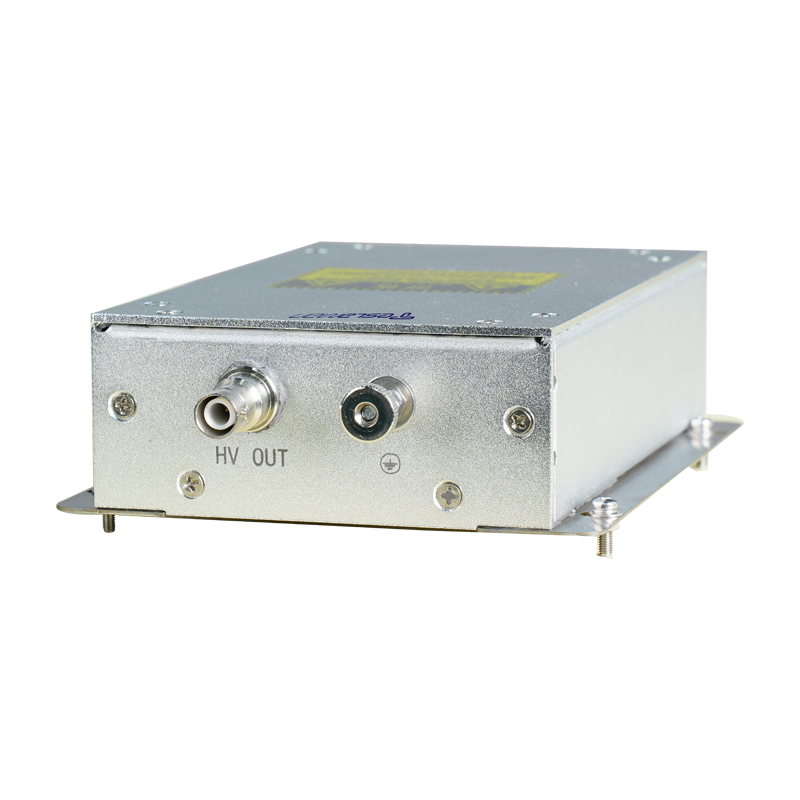Temperature and Humidity Adaptability of PPM-Level High-Voltage Power Supplies
In fields such as high-precision scientific research experiments and precision instrument detection, PPM-level high-voltage power supplies play an irreplaceable role with their excellent stability and precision. However, changes in environmental temperature and humidity have become key factors affecting their performance. In-depth exploration of the temperature and humidity adaptability of PPM-level high-voltage power supplies is of great significance for ensuring the stable operation of equipment and improving measurement accuracy.
The impact of temperature changes on PPM-level high-voltage power supplies is multi-dimensional. From the material perspective, the parameters of electronic components inside the power supply, such as resistors and capacitors, will drift with temperature changes. The temperature coefficient of resistors will cause changes in resistance values, thereby affecting the voltage division, current limiting, and other functions of the circuit; the capacitance value of capacitors fluctuates with temperature, which will interfere with the normal operation of circuits such as filtering and oscillation in the power supply. For example, in low-temperature environments, the viscosity of the electrolyte in some electrolytic capacitors increases, and the equivalent series resistance increases, leading to increased power supply ripple and decreased output voltage stability. In high-temperature environments, changes in the carrier concentration of semiconductor devices will affect the switching characteristics and power conversion efficiency of the power supply, causing deviations in the output voltage.
The impact of humidity on PPM-level high-voltage power supplies cannot be ignored. In high-humidity environments, moisture in the air easily condenses on the surface of circuit boards and components inside the power supply, reducing insulation performance. The copper foil on the circuit board may corrode due to moisture, causing open or short circuits; when the insulation layer between the pins of electronic components is affected by moisture, the leakage current will increase, affecting the output accuracy of the power supply. In addition, changes in humidity can also cause the sealing materials inside the power supply to expand or contract, damaging the sealing structure and further increasing the risk of moisture intrusion, threatening the long-term stable operation of the power supply.
To enhance the temperature and humidity adaptability of PPM-level high-voltage power supplies, a series of targeted measures need to be taken in the design and manufacturing processes. In terms of material selection, electronic components with low temperature drift coefficients, such as metal film resistors and polystyrene capacitors, are preferred to reduce the impact of temperature changes on parameters; circuit board materials and insulation materials with excellent moisture resistance are selected to enhance the moisture-proof ability of the power supply. In structural design, the heat dissipation structure of the power supply is optimized to ensure effective heat dissipation in high-temperature environments and maintain the stable operating temperature of internal components; a sealed design is adopted, combined with auxiliary means such as moisture-proof coatings and desiccants, to prevent moisture intrusion. At the same time, by introducing temperature compensation circuits and humidity monitoring modules, environmental temperature and humidity changes can be sensed in real-time, and intelligent control algorithms are used to automatically adjust the output parameters of the power supply to compensate for the impact of environmental factors on performance.
With the continuous growth of demand for high-precision power supplies in technological development, research on the temperature and humidity adaptability of PPM-level high-voltage power supplies will continue to deepen. Through the coordinated development of material innovation, structural optimization, and intelligent control, it is expected to further enhance the reliability and stability of PPM-level high-voltage power supplies in complex temperature and humidity environments, providing a solid guarantee for high-precision applications in various fields.




















